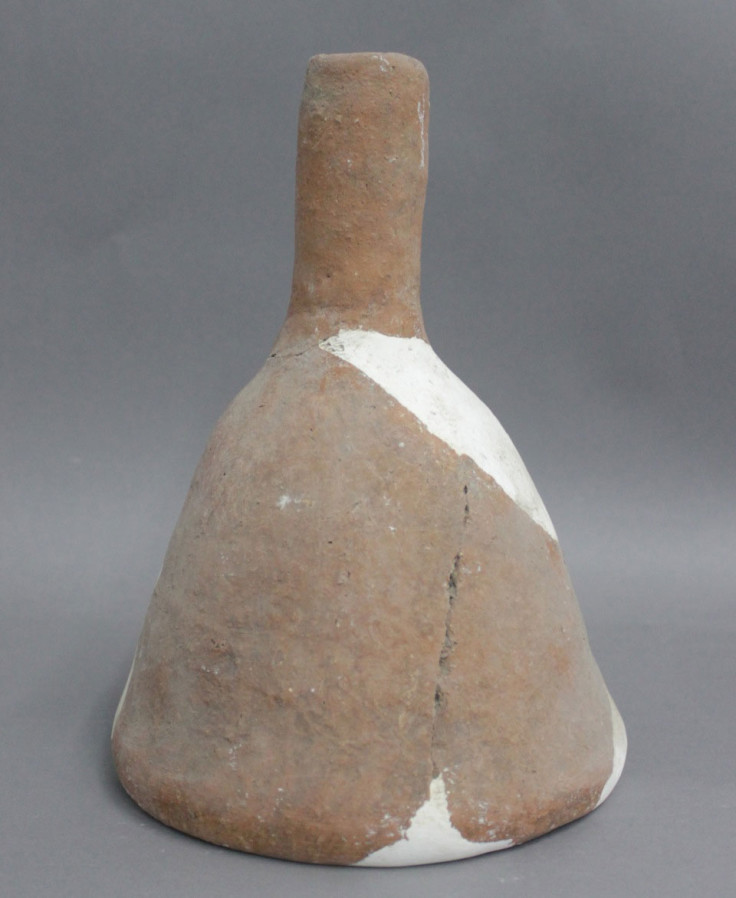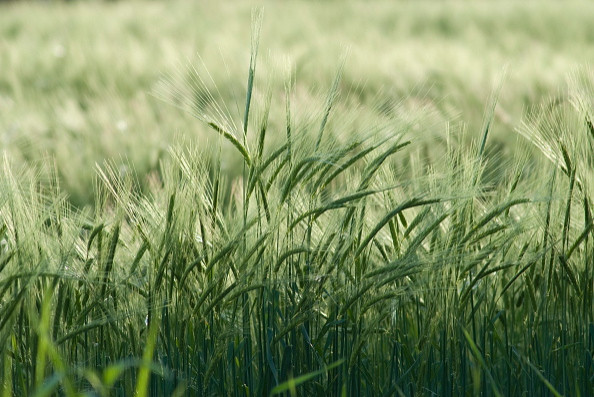China: Evidence of sophisticated beer-brewing 5,000 years ago

Scientists have found evidence of an ancient practice of beer-brewing in China, some 5,000 years ago. Potteries recovered at the Neolithic site of Mijiaya bear residues of a beer made of fermented barley, millets and grain called Job's tears.
The research, published in PNAS, suggests the people who lived in the area at the time mastered a sophisticated technique of beer-brewing and fermentation. It presents the first direct evidence that such practice already existed as far back as the third millennium BC.
Excavation of the 5,000-year-old archaeological site, situated in the North-Western province of Shaanxi, revealed the existence two pits under the earth's surface containing a number of potteries and artefacts.
These pits appear to be former brewing facilities. Three types of crockery was recovered: wide-mouth pots, funnels, and amphorae, all covered with yellow residues on their surface and linked to different phases of the beer-making process – brewing, filtration, and storage.
Three different analysis

The scientists performed three different types of analysis to determine the nature of the residues: chemical analysis, starch analysis to determine plant taxa and phytoliths analysis – the analysis of the rigid microscopic structures found in plant tissues even after the plant has decayed.
In total, 541 starch grains were recovered from the potteries. Thanks to their different analysis, the scientists were able to distinguish remains of different cereals and plants, including millet, Job's tears, barley and tubers such as yam of lily. Furthermore, the damaged appearance of the grains indicate they went through a long process of heating, malting and mashing.
The study's authors say this is evidence that 5,000 years ago, the local population developed a complicated fermentation method by malting and mashing different starchy plants, thus brewing a mixed beer with specialised tools.
Introduction of barley crops
The study also implies that barley crops could have first been introduced to produce beer, thousands of years before they became a part of agricultural subsistence in the region. Indeed, barley was first domesticated in Western Eurasia and was later introduced into China, presumably through the Central Asian steppe.
It is only during the Han dynasty, three millennia after the beer-brewing that would have taken place at the Mijiaya site, that the crop became widely cultivated.

The authors explain: "The discovery of barley in the beer residues suggests a social motivation in the initial stage of crop translocation (...)The Mijiaya farmers probably obtained small quantities of barley grains through exchange or cultivated the plant along with other cereals. We suggest that barley was initially introduced to the Central Plain as an ingredient for alcohol production rather than for subsistence".
They say further research is needed to confirm this, but they already hypothesise that the practice of beer-brewing in the region transformed the society and the local economy, making it more complex. "The production and consumption of Yangshao beer may have contributed to the emergence of hierarchical societies", the scientists conclude.
© Copyright IBTimes 2025. All rights reserved.






















